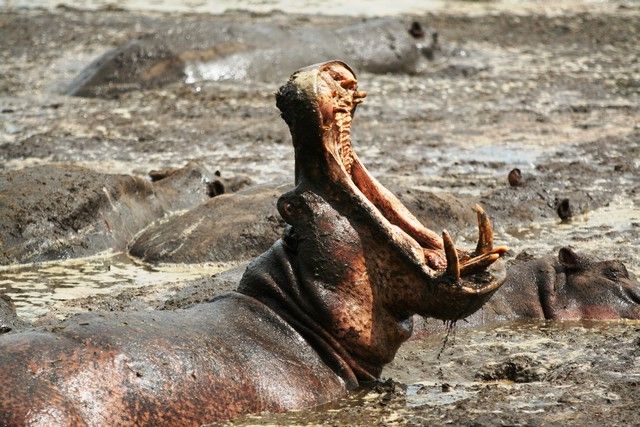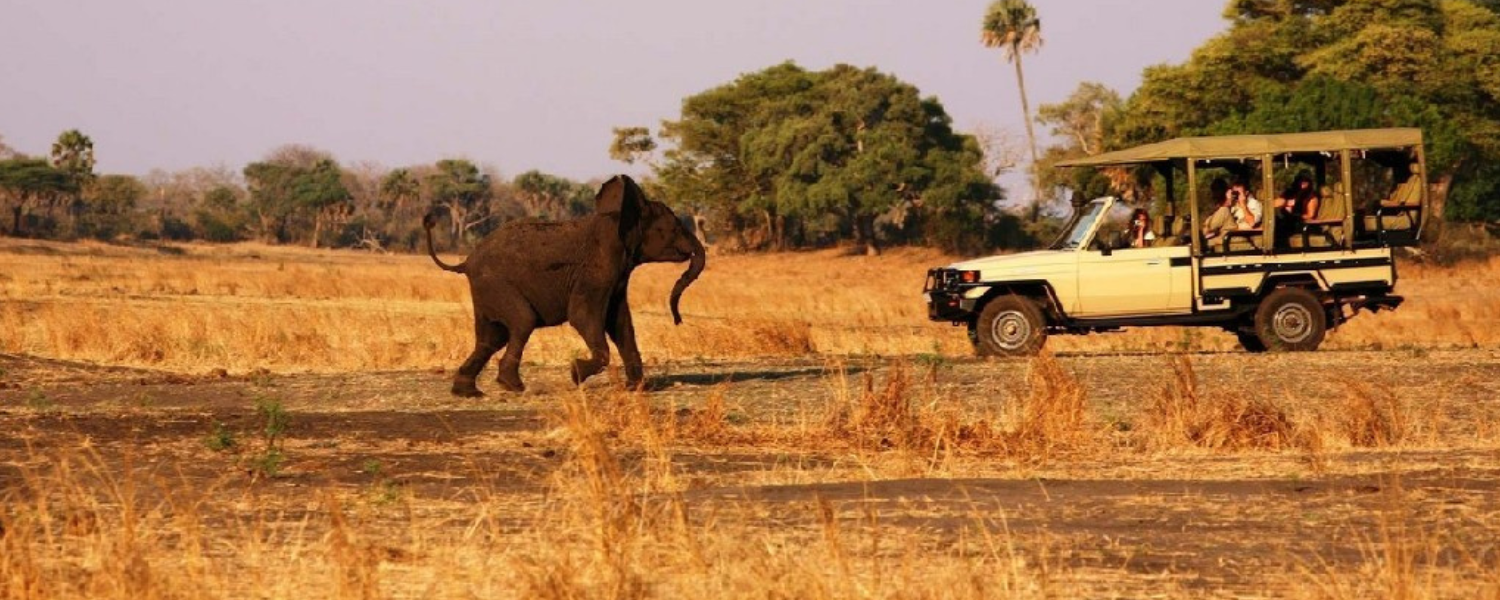
Katavi National Park
The Katavi national park is located in the west of Tanzania and is spread across an area of 4,471 sq km. The park encompasses some very beautiful and scenic landscapes. It has two lakes namely lake Katavi in the north of the park and lake Chada in the southern part of the national park. In addition to these water bodies there is also river Katuma that flows through the park and adds to the bio-diversity of the region. Though, the region has not yet reached the pinnacle of popularity amongst the Tanzania safari tourists, but the safaris in this region are nonetheless very interesting as the wildlife and the species are in no manner lesser than the other more celebrated parks on the Tanzania safari circuit. The scenic landscapes also include vast wetlands, deafening waterfalls and immense woodlands of original miombo and the other trees.
Though the park is yet to establish its popularity on the tourists map and their vacation plans but it does boast of one of the richest and biggest wildlife areas in Tanzania and indeed Africa. This is largely due to the huge 25,000 sq km ecosystem that includes apart from Katavi, the neighbouring Lukwati, Rukwa and Luafi game reserves. The water bodies in the park form a very important part of the Ecohydrology as does the season. The lakes of Katavi and Chada are engulfed by wet marshlands during the rainy season whereas during the dry season they become grasslands. The river Katumi therefore plays a very important role of balancing out the eco-diversity.
The accessibility to the park is hard and tiring as the road trip could take 3-5 days along a track that is quite bumpy and a test of endurance. The air route would definitely be much easier, although it would not be any less dearer on the pocket. Also the flight would be a chartered one and the duration of the light aircraft flight would be around four hours. The landing as usual with these parks would be on a grass strip. So it needs careful planning of the adventure safari although the park and the game itself are quite worth the effort and the pains. The fewer visitors meant that the park was able to keep most of the environment as it was; the woodlands of acacia and miombo are the original habitats of elephants, different kinds of antelopes and various other animals. So a visit to this park enables one to have an exceptional opportunity to witness the wilderness on Africa in the same state as it once was in the ages gone by.
There are approximately 50 different species of medium to large mammals inhabiting the park. Of these the majority are the zebras (20,500), the buffaloes (15,500), the impalas (15,200), and the elephants (2,700). Other important animals that are sighted include hippos, warthogs, hartebeests, waterbucks, eland, giraffes and duikers. In addition to these the land also breeds predators and carnivores animals like the lion, leopards, spotted hyenas, wild dogs, cheetahs, crocodiles and caracal. The bird species in the park also exceeds 400 and includes some very rare ones as well like the Blackfaced Barbet, the blue swallow and the Angolan Pitta. The fauna of the park also shows similar variety with the land being covered by grasslands and swamps in the wet areas apart from the usual riverine vegetation, shrublands and of course the vast woodlands.
At present there are three permanent campsites apart from the headquarters which have a combined capacity of just around 40 at a time. But this is bound to increase as the awareness about the park increases amongst the enthusiasts of raw safaris.
